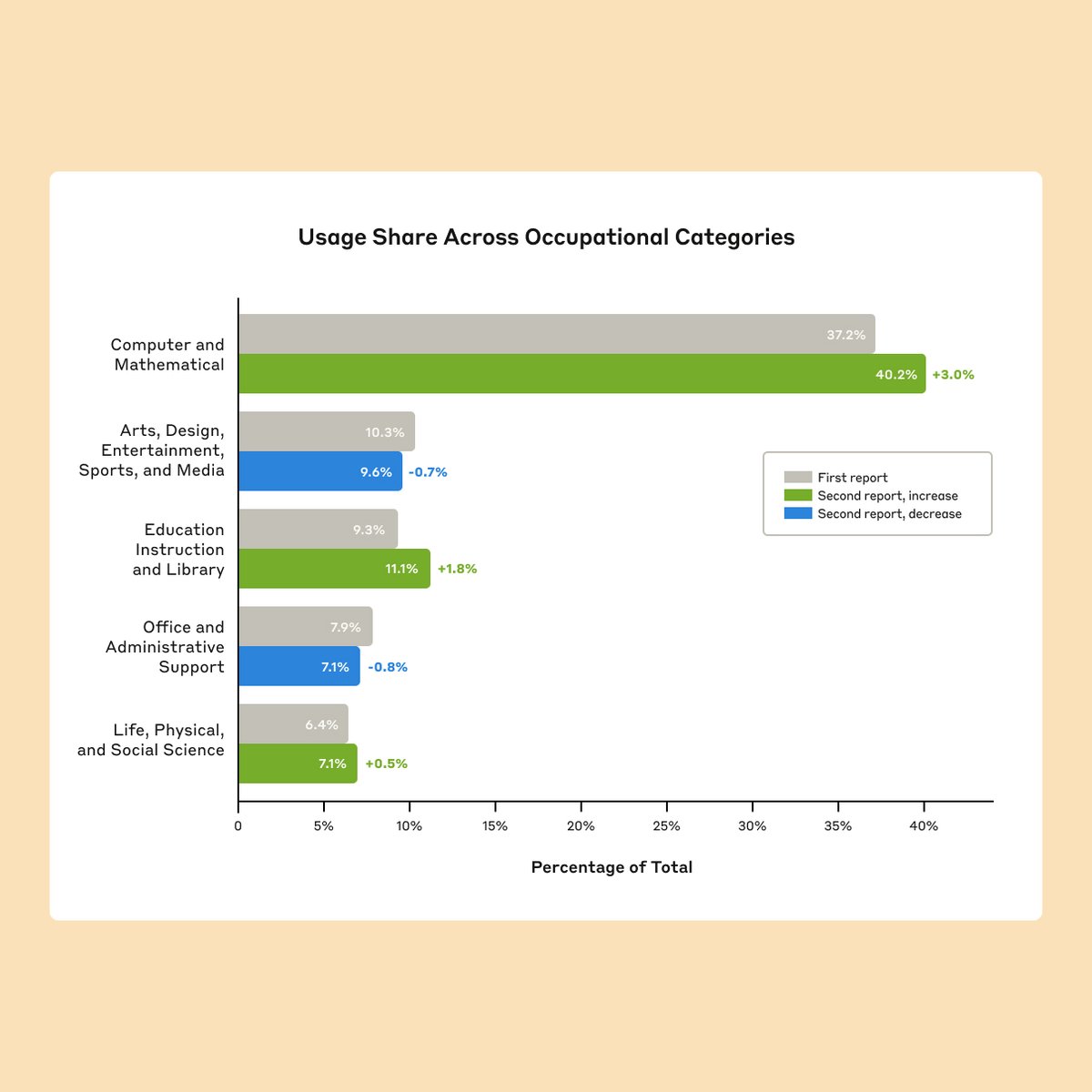We're rolling out voice mode in beta on mobile.
Try starting a voice conversation and asking Claude to summarize your calendar or search your docs.
Try starting a voice conversation and asking Claude to summarize your calendar or search your docs.
Voice mode in beta is available in English and coming to all plans in the next few weeks.
Download the Claude mobile app: claude.ai/download
Download the Claude mobile app: claude.ai/download
• • •
Missing some Tweet in this thread? You can try to
force a refresh


















